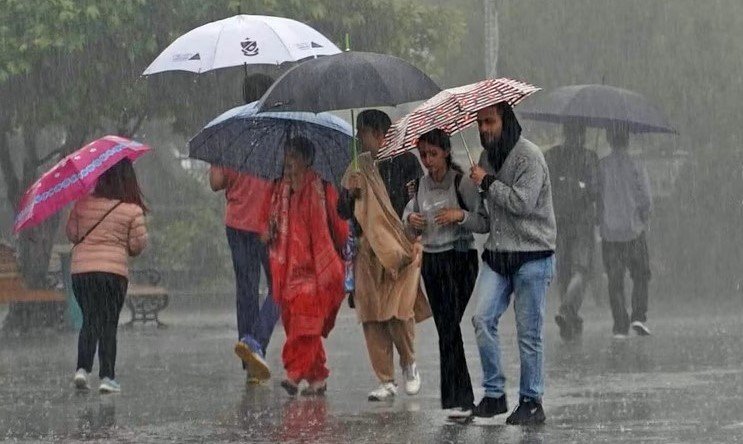Reshaping Monsoons: The Dance of El Niño and La Niña
- Rommel Rodrigues
- Jul 21, 2024

Monsoons are increasingly influenced by global climatic phenomena
MUMBAI: Monsoons, the lifeblood of agriculture and water supply in many regions, are increasingly influenced by global climatic phenomena and among the most significant of these phenomena are El Niño and La Niña, which represent opposite phases of the El Niño-Southern Oscillation (ENSO) cycle. Understanding how these phases impact monsoons is crucial for mitigating the adverse effects on communities and economies dependent on predictable weather patterns.
El Niño and La Niña are characterized by variations in ocean temperatures in the central and eastern Pacific. El Niño, the warm phase, results in higher than average sea surface temperatures, while La Niña, the cool phase, features lower than average sea surface temperatures. These temperature shifts have profound effects on global weather patterns, including the strength and timing of monsoons.
During El Niño events, the Indian Ocean experiences warmer temperatures, which can weaken the pressure gradient between the Indian Ocean and the Asian landmass. This weakening reduces the monsoon's intensity and often results in delayed or deficient rainfall. For countries like India, which rely heavily on monsoon rains for agriculture, an El Niño year can spell disaster, leading to droughts, reduced crop yields, and increased food insecurity.
In contrast, La Niña typically strengthens the monsoon. The cooling of the central and eastern Pacific leads to a stronger pressure gradient, enhancing the monsoon winds and often resulting in above-average rainfall. While this can benefit agriculture by ensuring adequate water supply, it also increases the risk of flooding and landslides, posing significant challenges for infrastructure and communities.
The interplay between El Niño, La Niña, and monsoons is not just a scientific curiosity; it has real-world consequences that ripple through economies, ecosystems, and societies. For farmers, these climate patterns can mean the difference between a bountiful harvest and a failed crop. For urban areas, they can influence water availability, affecting everything from drinking water supplies to industrial activities.
Climate change further complicates this picture. There is growing evidence that global warming may alter the frequency and intensity of El Niño and La Niña events, potentially leading to more extreme weather patterns. This unpredictability makes it even more critical for governments, scientists, and communities to collaborate on adaptive strategies.
Addressing the impacts of El Niño and La Niña on monsoons requires a multi-faceted approach the foremost among which is investing in advanced climate modelling and forecasting technologies that can help predict the onset of El Niño and La Niña events more accurately, providing valuable lead time for farmers, water managers, and disaster preparedness officials to plan and respond effectively.
Sustainable agricultural practices is another essential factor to address the impact of these climatic phenomena. Diversifying crops, improving irrigation systems, and adopting soil conservation techniques can help mitigate the adverse effects of erratic monsoon patterns. Governments can support these initiatives through subsidies, training programs, and research funding.
Building and maintaining resilient infrastructure, such as flood defences and water storage systems, is crucial in areas prone to extreme weather. Urban planning must also consider the risks posed by both droughts and floods, ensuring that cities are prepared for a range of scenarios.
We should remember that El Niño and La Niña are powerful natural forces that play a critical role in shaping monsoon patterns. As we navigate an era of climatic uncertainty, understanding and adapting to these phenomena is essential for safeguarding livelihoods and ensuring sustainable development. By embracing a proactive and collaborative approach, we can mitigate the risks and harness the potential benefits, building a resilient future for all.











Reporter
Rommel is our Editor. He has close to three decades of experience in leading publishing houses including, Fortune India, Observer of Business & Politics, The New Indian Express etc.
View Reporter News